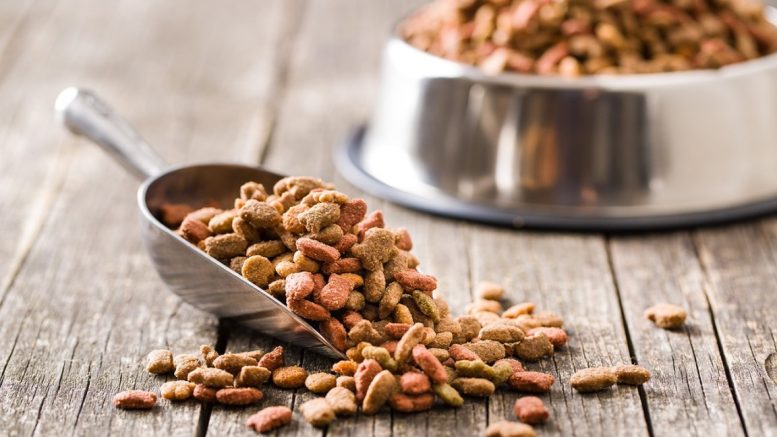Do you know what goes into your dog’s food? More specifically, would you feel comfortable taking a taste of your dog’s food?
We aren’t suggesting that you make doggy kibble a regular part of your diet, but the act of tasting your dog’s food (or at least knowing you’d feel safe tasting it) is a great barometer for whether or not you should be feeding your dog the meals they’re eating now.
Why It Matters
Dogs are dogs and humans are humans, and we don’t have the same nutritional requirements.
That means that even dog food that’s classified as human grade isn’t going to taste good to humans, and it likely isn’t going to provide all the vitamins and nutrients that should be part of a human diet. What it does mean is that it isn’t held to the same level of standards that human meats, produce, and grains are.
Human rights activists have been fighting for generations to put proper food manufacturing and testing regulations in place, but animal rights activists haven’t been quite as successful.
While there are a number of standards in place for the production of dog food, they won’t be up to the standards of many pet parents, and overlapping and intersecting regulations means that some ugly ingredients can often slip between the cracks.
That includes ingredients that might not be actively toxic but still aren’t going to be the healthiest choice for a pet.
Filler like corn and wheat is often used to bulk out dog food without adding any actual nutrients, and animal byproducts – like ground bones, skin, and organs – are commonly used to help fill out the meat content. Many of these can be safely consumed by animals, but they could pose a huge risk to your health if you were to consume them.
What is Human-Grade Dog Food?
“Human-grade” has become a pretty common refrain among dog food manufacturers, but there is no official rules or regulation protocol for what can be defined as “human grade”.
The Association of American Feed Control Officials deems human grade food as food that’s made from materials that humans can safely eat. Functionally, it’s similar to the FDA designations for what can be deemed “edible” by humans.
To qualify appropriately as being human edible, every ingredient in the dog food needs to be safe for human consumption.
Just as important, it needs to be manufactured under the established standards for the production of human food products. If you’re out there trying to parse exactly how safe your dog’s food, finding food that has been identified by the USDA as edible is one of your best options.
The Limits of Human Grade Standards
What’s important to keep in mind is that having the terms “human grade” on a bag of dog food doesn’t suggest anything officially. Seeking out dog food listed as human grade is a great start, but conscientious pet parents will want to research a little deeper.
For instance, some manufacturers will list their food as “USDA organic” – an officially governed term that identifies a lack of pesticides and genetic engineering in the food.
And just because food is edible doesn’t mean that it’s going to be nutritious or delicious. “Safe to eat” isn’t the same as “satisfying to eat”. If you really want to ensure that your dog is eating something you’d feel comfortable putting in your mouth, you don’t need to eat it yourself, but you do want to perform some research beyond just looking for a human grade dog food label.
Taking a close look at the ingredients used and researching the standards of the company can help you find dog food that will satisfy the nutritional and taste requirements of your best pal.



Be the first to comment on "Why Humans Can Eat Some Dog Foods"